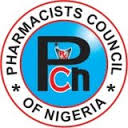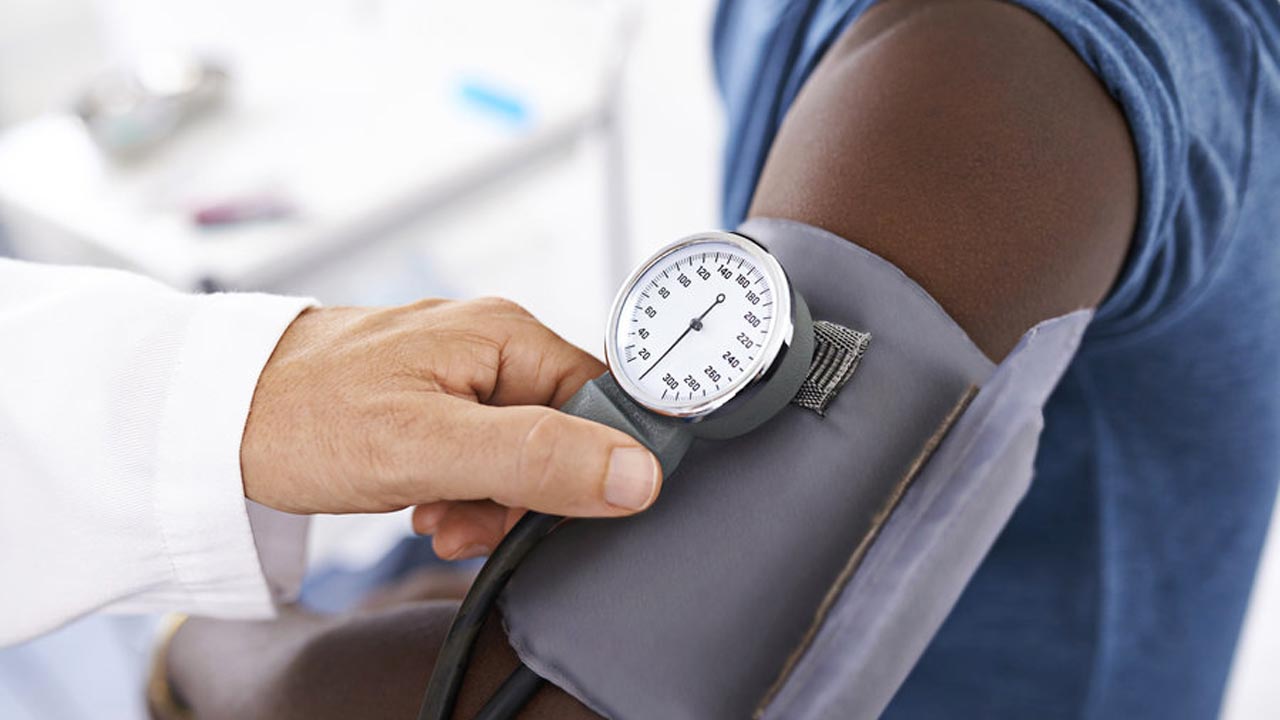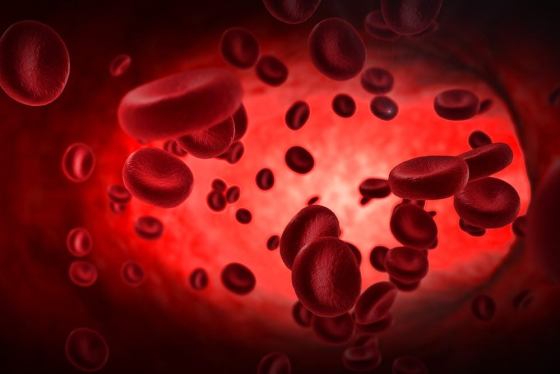The stethoscope revolutionised the way doctors interacted with their patients and became a symbol of the profession. Now that electronic alternatives are becoming a common sight on the wards, maybe it's time to update our idea of what a doctor is for?
"Every medical student remembers the day when they bought their first stethoscope," says Professor of Cardiology Petros Nihoyannopoulos. "They remember the name of the stethoscope, they remember the colour of the stethoscope - and possibly the day when their first stethoscope was stolen and replaced by another one."
But in Hammersmith Hospital in London, where Dr Nihoyannopoulos works, the noble instrument is under threat from a little white box. Looking like a smartphone circa 2005, the handheld ultrasound scanner is connected by wire to a probe which is laid against a patient's chest. Flip the lid of the scanner and a black and white image appears on the scanner of the patient's heart. At the push of a button the patient's blood flow is highlighted, if all is well, in red and blue. An abnormal flow is painted in lurid yellows and greens.
"Every single consultant and junior doctor is hooked on these devices," says Nihoyannopoulos. "When one breaks down or goes missing, it's a disaster - everyone is panicking. It's like when you lose your stethoscope as a medical student."
Hammersmith hospital was the first in the UK to try the now-widespread gadgets, and Nihoyannopoulos says they have revolutionised examinations and ward rounds. But he adds that stethoscopes still have their uses, specifically for listening to the lungs.
"I'm listening to children with asthma all the time," agrees London family doctor Graham Easton. "Well, you can't hear wheezes with an ultrasound scan, you can't hear chest infections with an ultrasound scan. It's also very useful for listening to bowel sounds and gastroenterology problems."
Stethoscopes are unlikely to disappear, but it seems possible that hospital doctors will stop carrying them around. Mark Hochberg, a surgeon at New York University, suggests they may go the way of the ophthalmoscope - the light-emitting tool for looking in patients' eyes. Doctors used to carry their own, he says, but now they just use a communal one usually fixed to the wall in the examination room.
But the stethoscope is far more central to our image of the medical profession than the ophthalmoscope ever was.
"We have a real emotional attachment, not just doctors, but also patients, to this icon of medicine and healing," says Graham Easton. "Symbolically it's a kind of link between doctors and patients - a kind of umbilical cord going from one to the other. It's often the only time we lay hands on a patient during an examination, and that demonstrates thoughtful caring, which is very powerful, we know, in healing."
Until the stethoscope first appeared, in the first half of the 19th Century, doctors rarely touched patients - and they were identified with a very different object, the cane.
"They carried canes for a reason which was as important to their philosophy of medicine as the stethoscope is to ours," says Berwyn Kinsey, a historian who gives tours around the Royal College of Physicians and other medical buildings. These were no ordinary canes. They had a well at the top to hold scented oil, and perforations for releasing a scent that would supposedly keep away disease. Cartoons at the college show doctors holding their canes to their noses to keep themselves safe from the miasmas, or bad smells, of their patients.
These early European physicians were often graduates of divinity, and wore the black of the clergy. They listened, they examined stool samples, they prescribed foul-tasting liquids or regimens of fasting, but they did not touch their patients.
Medicine was still in thrall to the ancient theory of the four humours, which held that individuals were composed of a balance of bile, blood and phlegm. Understanding a patient's personal circumstances was therefore more important than looking at their bodies. Remote diagnosis, by correspondence with a physician in London or Paris, was perfectly feasible. Even when doctors and their wealthy patients met face to face, Dr Jan Henderson writes, "in making a diagnosis, the physician gave priority to the patient's account of his or her symptoms, even if it contradicted what the physician observed with his own eyes".
As understanding grew, from the 17th Century onwards, that patients died because of problems with particular organs - a fact often revealed in autopsies - physicians began to conduct "in vivo" autopsies on their patients. The Austrian doctor, Leopold Auenbrugger, developed the diagnostic technique of tapping on patients' chests and listening to the quality of the echoes.
For physicians interested in the new scientific medicine, touching patients became a necessity - but for a long time it remained socially unacceptable.
"The sense of touch really has two strikes against it," says Constance Classen, author of The Deepest Sense: A Cultural History of Touch. "One, it's very much associated with manual labour, and therefore it's a coarse, lower-class kind of sense, traditionally. And that's why for a long time surgeons were thought to be much lower status than physicians because obviously they were very much hands-on. But the other strike against touch of course, was the association with sensuality - that made it very hard for physical examinations to be acceptable."
Propriety meant that Victorian physicians sometimes asked women to indicate where they felt pain on a porcelain modesty doll.
It was in these circumstances that in 1816, the French physician Rene Laennec rolled up a sheet of paper and placed one end against a female patient's heart. According to his friend Lejumeau de Kergaradec , he was inspired by children playing in the courtyard of the Louvre, "with their ears glued to the two ends of some long pieces of wood which transmitted the sound of the little blows of the pins, struck at the opposite end".
It wasn't long before Laennec started to experiment with wood, eventually refining his design to a candlestick-like object he called the stethoscope, from the Greek words meaning "to explore the chest". It was 45cm long, 4cm wide and had a removable drum for listening to a patient's heart and another drum to amplify the noise next to the physician's ear.
Monaural stethoscopes from 1820 and 1840
According to Dr H Kenneth Walker, it's thought that for the next 10 years every stethoscope in existence was turned on the lathe by Laennec himself, and they were given out free with his book on the technique of listening to the body, known as auscultation. "Public acceptance of the stethoscope was such that within a decade physicians felt they must use the stethoscope or else jeopardise their reputation," writes Walker.
The flexible stethoscope appeared in the 1830s, with a binaural version appearing a few decades later. Doctors - who also adopted white coats to signify their status as scientists - started using more tools as their understanding of the body increased. When medicine became available to the masses, and physicians needed to take their kit on house visits, they needed a bag to carry it around. They chose the Gladstone bag, and the final signifier of the medical profession was in place.
The stethoscope and other diagnostic tools were partly responsible for the acceptance of physical examinations as "a special kind of touching", says Constance Classen, because they were a way of mediating between the doctor's hand and the patient's body. It was the start of a century and a half of patients sticking their tongues out and having lights shone in their eyes and ears, and of being asked to hop up on the couch for a minute.
"Laennec's solving a moral problem with a technological solution, but there's another thing that's going on," says Bjorn Hofmann, a philosopher of medicine at the Dartmouth Center for Health Care and Delivery Science. "Before the stethoscope, the access to the disease was a story told by the patient, but afterwards the doctor trusted much more the technology or the apparatus."
 Ironically, while stethoscopes helped doctors become physically intimate with patients, they represented an intellectual distancing. Laennec's descriptions of the sounds that can be heard through his instrument - he described one of the symptoms of fibrosis, for example, as "the nasal intonations of the juggler speaking in the character of Punch" - describe a sound world filled with meaning closed off to the layman.
Ironically, while stethoscopes helped doctors become physically intimate with patients, they represented an intellectual distancing. Laennec's descriptions of the sounds that can be heard through his instrument - he described one of the symptoms of fibrosis, for example, as "the nasal intonations of the juggler speaking in the character of Punch" - describe a sound world filled with meaning closed off to the layman. Unlike the stethoscope, the portable ultrasound monitor has a screen that can be turned round to show patients their own bodies in a way that they can understand, bringing them into the conversation.
"I think traditional devices and traditional interaction with doctors have been kind of mysterious for most patients - they don't really understand what the doctor's listening to or screening," says Shiv Gaglani, a medical student and an editor of the online magazine MedGadget.
Gaglani is one of the people behind a company called Quantified Care, which sells ultrasound probes that hook up to smartphones, as well as smart ophthalmoscopes, blood pressure monitors and other staples of the doctor's bag. (They stopped short of a smart reflex hammer, Gaglani says, although they did talk about it.)
"One of the objections I get when I show people stuff, is: 'My professional identity means I carry a stethoscope on my neck. So how can I use this little thing - people won't know I'm a doctor?'" says Shiv Gaglani.
"The stereotypical image of the (male) doctor doing his rounds in a shirt and tie, topped by a starched white coat, possibly trailing a retinue of nurses and students, became obsolete in the UK six years ago when the government issued dress code guidelines prohibiting dangling ties, long sleeves (including the white coat) and wristwatches."
To help customers cross this psychological barrier Gaglani decided to make a new doctors' bag. It's designed, Gaglani says, "to bring back that vintage feel, but to say, 'Hey look, now we're in the 21st Century and there's a lot better ways of collecting and storing information.'"
In fact, it won't just be doctors collecting and storing that information. Phones, watches, toothbrushes and other seemingly innocuous objects are coming on to the market that will collect our health data over time. One way to see this development is as a partial undoing of the revolution brought about by Laennec's stethoscope. Not only will these gadgets mean medical staff will need to touch patients less, they will also put a mass of data about a person's body into his or her own hands.
"The potential for people to take medical selfies is quite interesting," says Bjorn Hofmann. "Medicine is moving back to the patient's narration of his or her disease, a narration given by various types of gadgets. And it raises the question: What does this do to the professional - does the doctor become a coach, a servant or an adviser - what will the new role be?"
Mark Hochberg at New York University says medical training is once again emphasising talking and listening to patients, rather than treating them as "objects to be prodded, poked and made to suffer".
"The role of the doctor, ironically, must be to go back to the bedside," he says. "To be an interpreter of symptoms - so we can learn every possible aspect of what the patient is feeling and experiencing - then input the information into an iPad and come out with a list of all potential diagnoses."
By William Kremer
BBC World Service
ABUJA: Training Schedule for Basic Life Support BLS, Pediatric Advanced Life Support (PALS), Advanced Cardiovascular Life Support ACLS, First Aid, CPR, AED
PORTHARCOURT: Training Schedule for Basic Life Support BLS, Pediatric Advanced Life Support (PALS), Advanced Cardiovascular Life Support ACLS, First Aid, CPR, AED
LAGOS: Training Schedule for Basic Life Support BLS, Pediatric Advanced Life Support (PALS), Advanced Cardiovascular Life Support ACLS, First Aid, CPR, AED





